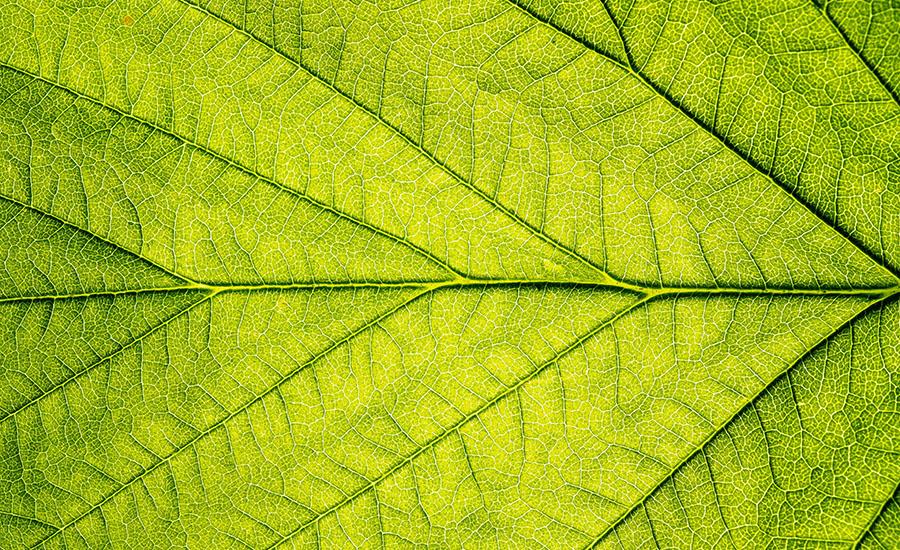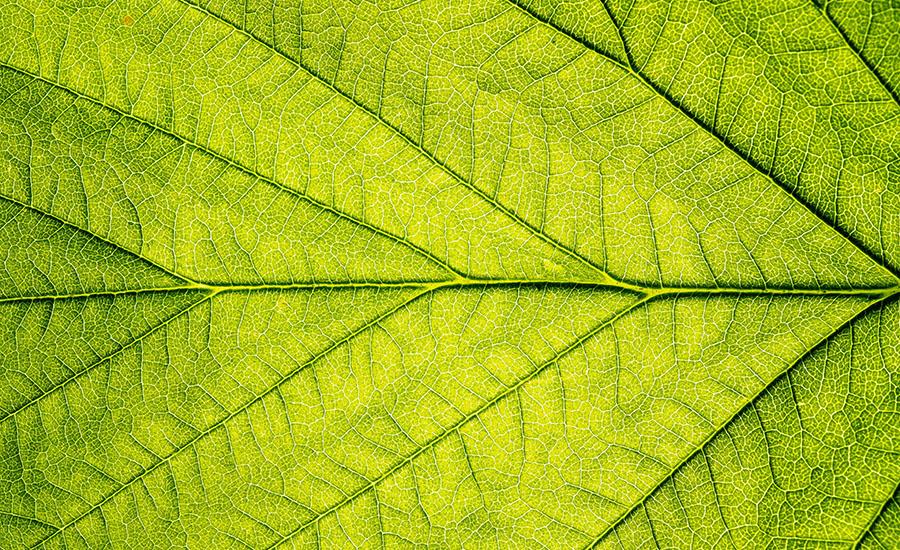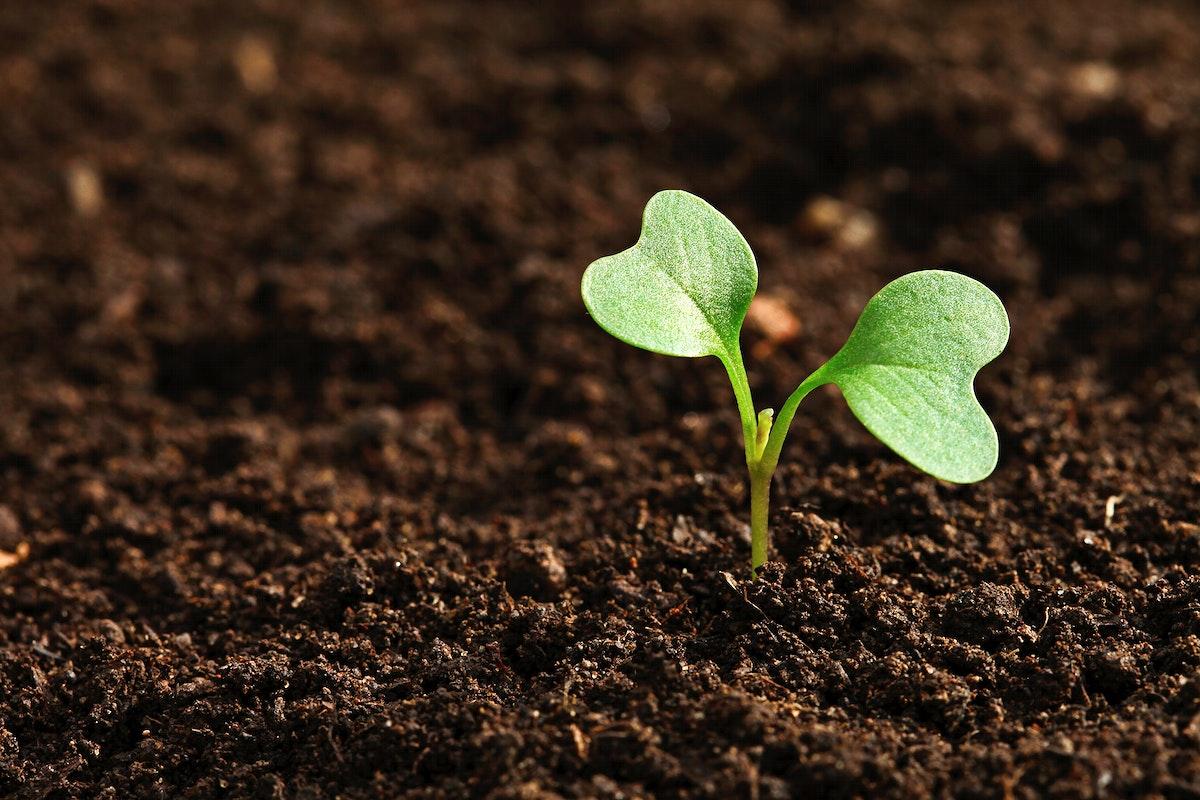
Salt Lamps and Plants
by Tabatha Hancock
Students in this lesson will set up an investigation to see if a salt lamp affects plant growth. They will use what they know about photosynthesis and cellular respiration to make sure the plants have everything they need in order to survive during the investigation. At the end of the investigation, they will use results to discuss if/how the salt lamp appears to have affected our plants.
Lesson Plan Link/URL
https://docs.google.com/presentation/d/1nzBSDoGZM56dejYrZNrCnbwJ4vP9oXq8/edit?u…Subject Area
Science Physical Science P1: Matter Life Science L1: Cells L2: Organisms & Energy Technology Mathematics Measurement and Data (MD) Number & Quantity (N) English Language Arts (ELA) Writing
Featured
On
Related Content

Grades:
Kindergarten, 1st Grade, 2nd Grade, 3rd Grade, 4th Grade, 5th Grade, 6th Grade, 7th Grade, 8th Grade
Most students are likely familiar with popular films like Happy Feet, Surf’s Up, Penguins of Madagascar, and classic books like Mr. Popper's Penguins. Capitalizing on this familiarity with penguins

Grades:
9th Grade, 10th Grade, 11th Grade, 12th Grade
Using the Introduction to Hydroponics lab, introduce students to the features of the Hydroponic Systems. Students will explore the different types of grow mediums and grow lights used in the systems

Grades:
6th Grade, 7th Grade, 8th Grade, 9th Grade
In this lesson, students will explore the different pigments in green plants using spinach leaves. Students will identify the pigments by doing a lab using paper chromatography. They will observe the